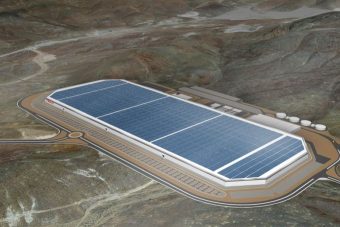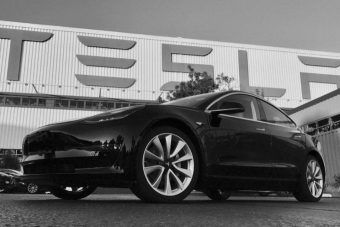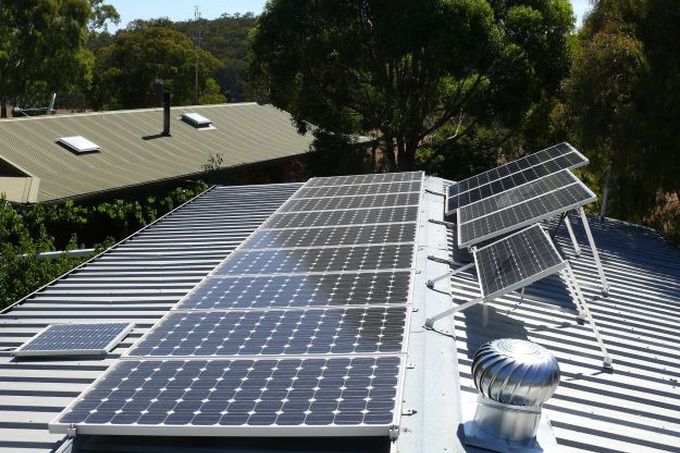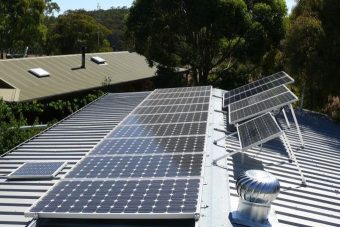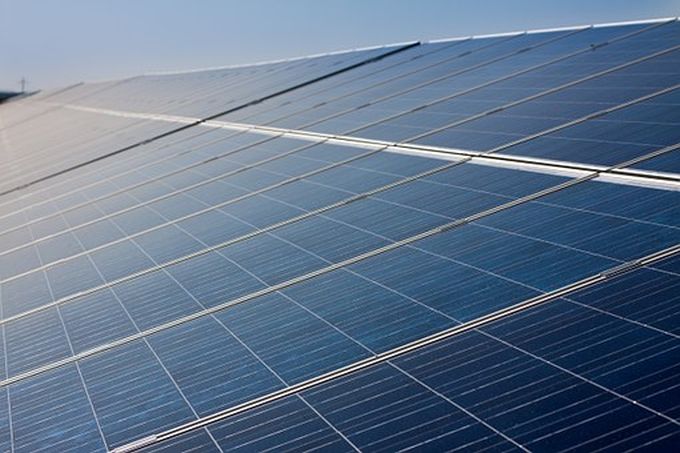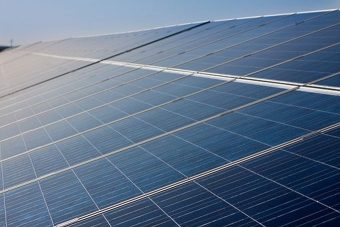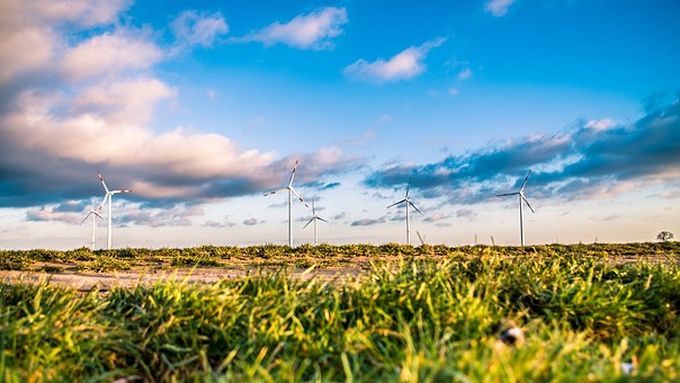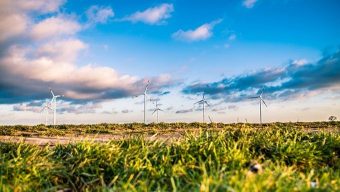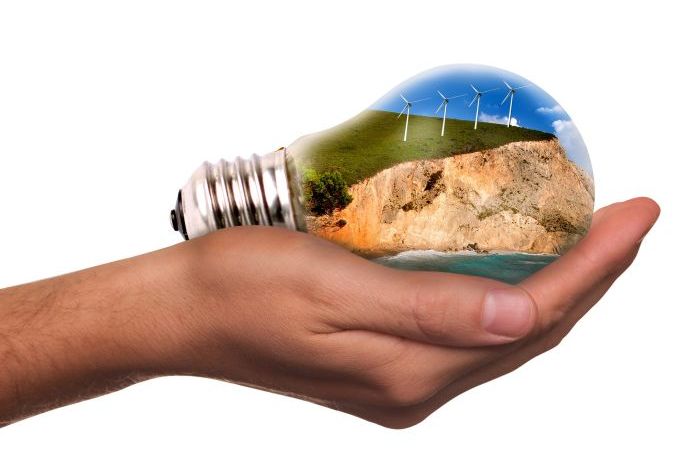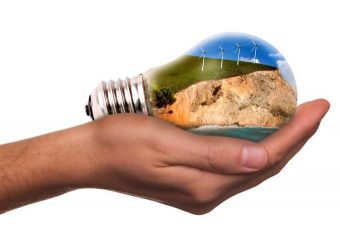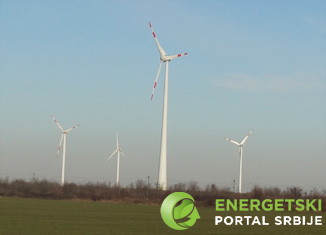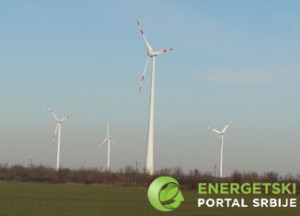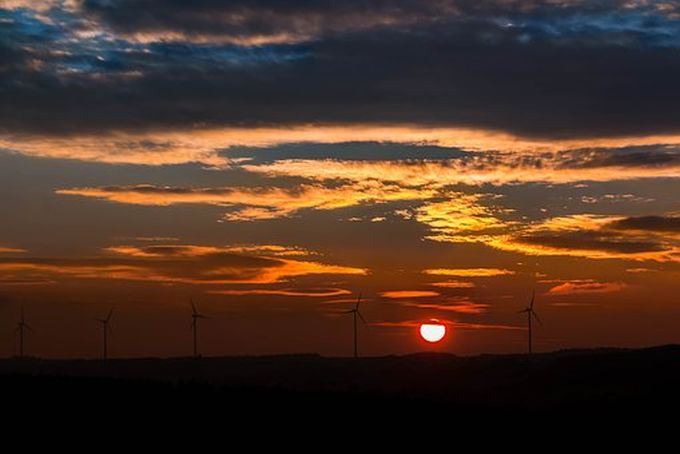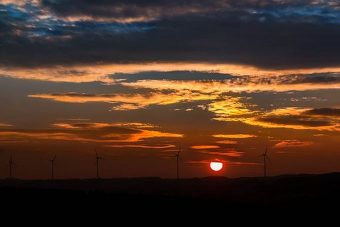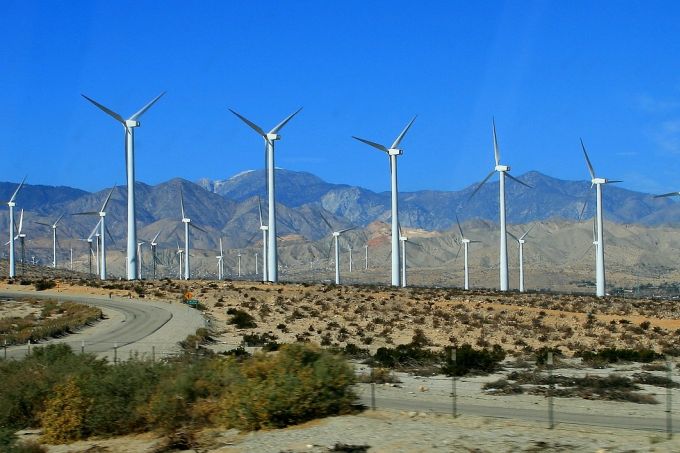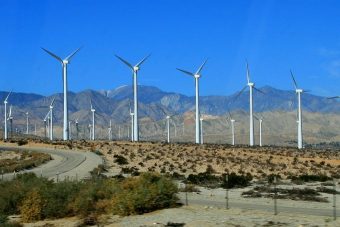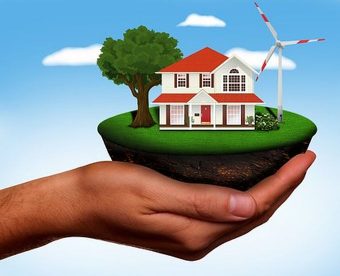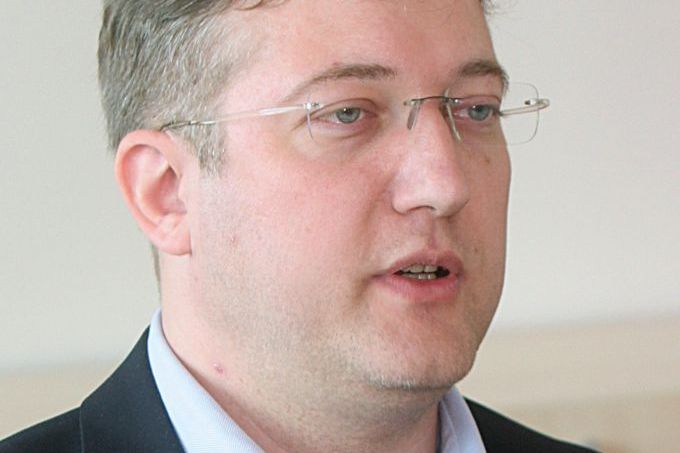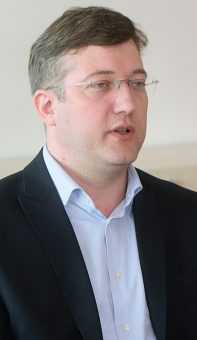
If global temperatures rise 4° Celsius over pre-industrial levels, then extreme heatwaves with “apparent temperatures” peaking at over 55° Celsius will begin to regularly affect many densely populated parts of the world, according to a new study from the European Commission’s Joint Research Centre.
“Apparent temperatures” refers in this case to the Heat Index, which quantifies the combined effect of heat and humidity to provide people with a means of avoiding dangerous conditions.
The new findings are the result of the researchers involved exploring the relationship between humidity levels and heatwave occurrence — with the “novelty” of the new study being that it “looks not only at temperature but also relative humidity to estimate the magnitude and impact of heat waves.”
At temperatures of 55° Celsius or so, it should be realized, much of the activity that takes place in the modern industrial world would simply have to stop. Such heatwaves would be profoundly debilitating.
The press release provides more: “The study analyses changes in yearly probability for a high humidity heatwaves since 1979 under different global warming scenarios. If global temperatures increase up to 2° C above pre-industrial levels the combined effect of heat and humidity (known as apparent temperature or Heat Index) will likely exceed 40° C every year in many parts of Asia, Australia, Northern Africa, South and North America. Europe will be least affected with up to 30% chance of having such strong heat wave annually.
“However, if temperatures rise to 4° C a severe scenario is on the horizon. Scientists predict that a new super-heatwave will appear with apparent temperature peaking at above 55° C — a level critical for human survival. It will affect densely populated areas such as USA’s East coast, coastal China, large parts of India and South America. Under this global warming scenario Europe is likely to suffer annual heatwaves with apparent temperature of above 40° C regularly while some regions of Eastern Europe may be hit by heatwaves of above 55° C.
“… According to the study, the effect of relative humidity on heatwaves’ magnitude and peak might be underestimated in current research. The results of the study support the need for urgent mitigation and adaptation action to address the impacts of heatwaves, and indicate regions where new adaptation measures might be necessary to cope with heat stress.”
All of which costs money. With all of the problems that will be greatly impacting the nations of the world by that time, it seems pretty likely that not too much will be done to limit the impact of such heatwaves on the poorest and most vulnerable portions of populations (which will likely have swelled quite a lot by then).
The new work is detailed in a paper published in the journal Scientific Reports.
Source: cleantechnica.com






